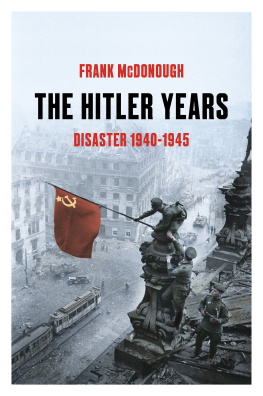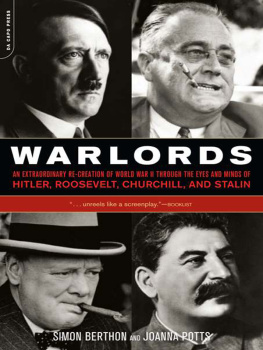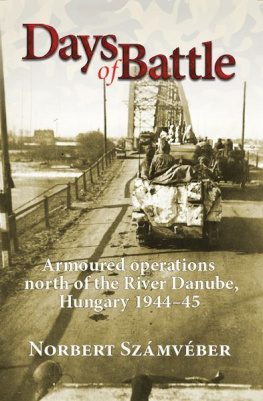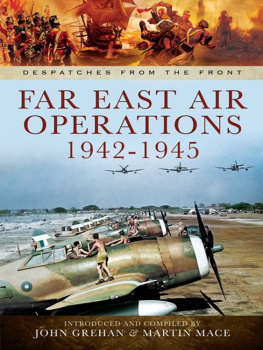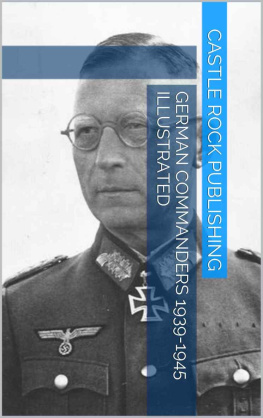Douglas E. Nash Sr. - From the Realm of a Dying Sun: Volume III - IV. SS-Panzerkorps from Budapest to Vienna, February–May 1945
Here you can read online Douglas E. Nash Sr. - From the Realm of a Dying Sun: Volume III - IV. SS-Panzerkorps from Budapest to Vienna, February–May 1945 full text of the book (entire story) in english for free. Download pdf and epub, get meaning, cover and reviews about this ebook. year: 2021, publisher: Casemate, genre: Non-fiction. Description of the work, (preface) as well as reviews are available. Best literature library LitArk.com created for fans of good reading and offers a wide selection of genres:
Romance novel
Science fiction
Adventure
Detective
Science
History
Home and family
Prose
Art
Politics
Computer
Non-fiction
Religion
Business
Children
Humor
Choose a favorite category and find really read worthwhile books. Enjoy immersion in the world of imagination, feel the emotions of the characters or learn something new for yourself, make an fascinating discovery.

- Book:From the Realm of a Dying Sun: Volume III - IV. SS-Panzerkorps from Budapest to Vienna, February–May 1945
- Author:
- Publisher:Casemate
- Genre:
- Year:2021
- Rating:3 / 5
- Favourites:Add to favourites
- Your mark:
From the Realm of a Dying Sun: Volume III - IV. SS-Panzerkorps from Budapest to Vienna, February–May 1945: summary, description and annotation
We offer to read an annotation, description, summary or preface (depends on what the author of the book "From the Realm of a Dying Sun: Volume III - IV. SS-Panzerkorps from Budapest to Vienna, February–May 1945" wrote himself). If you haven't found the necessary information about the book — write in the comments, we will try to find it.
In the closing months of World War II, with Budapests fall on 12 February 1945 and the breakout attempt by the IX SS-Gebirgskorps having failed, the only thing the IV. SS-Panzerkorps could do was fall back to a more defensible line and fortify the key city of Stuhlweissenburg. Exhausted after three relief attempts in January 1945 and outnumbered by the ever-increasing power of Marshal Tolbukhins Third Ukrainian Front, SS-Obergruppenfhrer Gilles veterans dug in for a lengthy period of defensive warfare. However, Adolf Hitler had not forgotten about the Hungarian theater of operations nor the countrys rich oilfields and was sending help.
To the detriment of the defense of Berlin, SS-Oberstgruppenfhrer Sepp Dietrichs legendary 6. Panzerarmee was on its way, not to retake Budapest, but to encircle and destroy Tolbukhins forces and completely reverse the situation in south-eastern Europe in Hitlers favor. This overly ambitious offensive, known as Frhlingserwachen (Spring Awakening), was soon bogged down in the face of resolute Soviet defenses aided by the springtime thaw. Heralded as Nazi Germanys last great offensive of World War II, it resulted in great losses to Hitlers last armored reserve in exchange for only minor gains. Though it played a supporting role during the battle, the IV. SS-Panzerkorps was soon caught up in its aftermath, after the Red Army launched its Vienna Operation that nearly swept the armies of Heeresgruppe Sd from the battlefield.
Withdrawing into Austria, Gilles battered corps attempted to bar the route into Germany, while the Red Army bore down on Vienna. Forced to endure relentless Soviet attacks as well as the caustic leadership of the 6. Armee commander, General Hermann Balck, the men of the IV. SS-Panzerkorps fought their way through Austria to reach the safety of the demarcation line where it finally surrendered to U.S. forces on 9 May 1945 after nearly a year of relentless campaigning.
Table of Contents
Introduction
List of Maps
List of Figures
Illustrations
Chapter 1: A South Wind Brings Hope
Chapter 2: Operation Spring Awakening
Chapter 3: The Defense of Stuhlweissenburg
Chapter 4: Withdrawal to the Reichsschutzstellung
Chapter 5: Defending the Reich
Chapter 6: Wars End
Appendices
Endnotes
Bibliography
Index
Douglas E. Nash Sr.: author's other books
Who wrote From the Realm of a Dying Sun: Volume III - IV. SS-Panzerkorps from Budapest to Vienna, February–May 1945? Find out the surname, the name of the author of the book and a list of all author's works by series.


